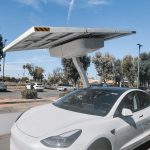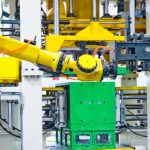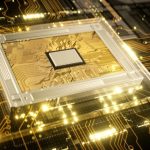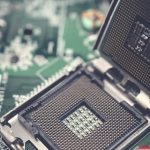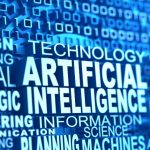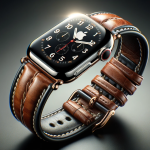As speculation builds over the progress of Tesla’s humanoid robot project, CEO Elon Musk has clarified recent confusion surrounding the Optimus robot’s demonstration hand. The intricate robotic hand, showcased for shareholders, had led many to believe they were seeing the next generation of Tesla’s robotic technology. However, Musk stated that the demonstrated component was not part of Optimus V3, but rather the earlier V2 model. This announcement comes at a time when both investors and technology enthusiasts closely monitor advancements in Tesla’s ambitious robotics initiatives, hoping for signs of technical breakthroughs or clear deployment timelines.
Earlier news surrounding Tesla’s Optimus project highlighted persistent interest in the robot’s dexterity and artificial intelligence capabilities. While previous reports focused on projected abilities and Tesla’s intent to target difficult tasks with Optimus, official details regarding the development and deployment have often been limited. Industry watchers have repeatedly compared Tesla’s public demonstrations with those of other technology firms developing humanoid robotics, noting both the similarities and the lack of transparency about finalized features. Musk’s recent revelation reinforces the company’s cautious approach to unveiling finished technical milestones and managing public expectations.
What Did Tesla Reveal at the Shareholder Meeting?
At the 2025 Annual Shareholder Meeting, Tesla presented a complex robotic hand that displayed notable dexterity. Attendees and online observers interpreted this as a preview of the upcoming Optimus V3’s capabilities. However, Musk promptly clarified that the displayed hand belonged to the Optimus V2, underscoring that the newest iteration remains undisclosed.
How Did Elon Musk Describe the V2 and V3 Hands?
Addressing the confusion directly, Musk took to social media to explain the situation more transparently. He stated,
“This is just the V2 Optimus hand. The V3 hand is another level beyond this.”
The CEO further reflected on the difficulty of replicating human dexterity, highlighting the ongoing challenges in robotic hand engineering.
Does Tesla See an Advantage in Humanoid Robotics?
Tesla continues to position Optimus as a potential solution for delicate tasks potentially including surgery, aiming for precision and adaptability that surpass current industrial norms. Musk stressed the significance of mastering multiple factors, such as dexterous hand engineering, advanced real-world artificial intelligence, and scalable manufacturing. He remarked during the shareholder presentation,
“So Tesla is the only one that has all three of those.”
Tesla believes these combined strengths set the company apart from other robotics manufacturers striving for similar goals.
The company’s insistence on holding back the V3 design also echoes trends observed in other Tesla product launches, where prototypes are iteratively improved and only released to the public once validated internally. For followers of robotics, understanding which components are experimental versus production-ready remains essential. Musk’s statement marks an attempt to clarify expectations and prevent misinterpretations of Tesla’s public demonstrations.
As interest grows around humanoid robots capable of handling tasks now limited to humans, Tesla’s cautious rollout indicates a focus on reliability and functional superiority over public spectacle. Musk’s distinction between V2 and V3 highlights both the complexity involved in replicating human-like dexterity and Tesla’s incremental approach to release information. For anyone following robotics, knowing how to distinguish between demonstration units and future-ready products is increasingly important, especially as more companies enter this competitive field. Investors and consumers alike may benefit by maintaining realistic expectations about timelines for general use and prioritizing observable performance benchmarks when evaluating robotic innovations.



